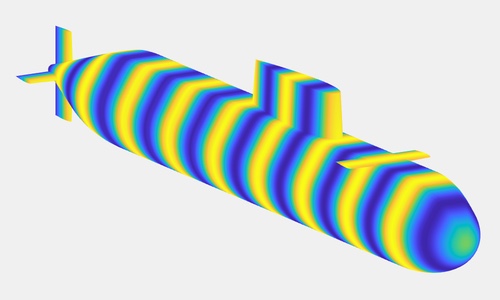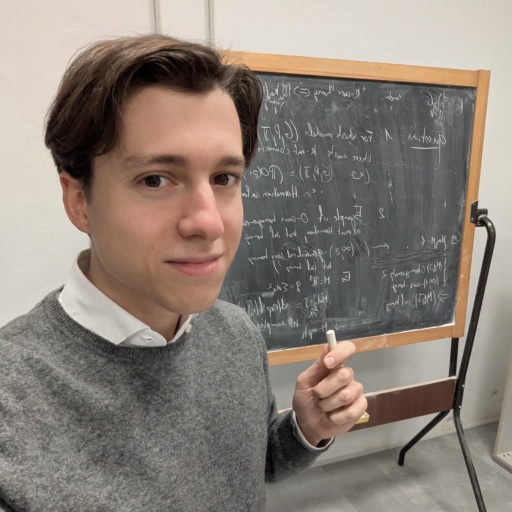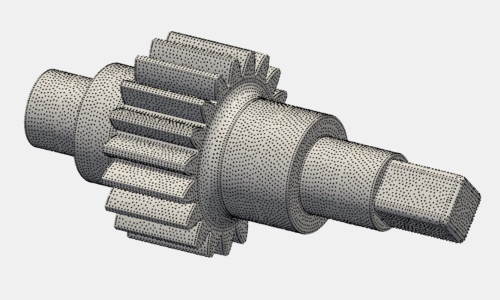High-order isogemetric boundary element methods for acoustic and elastodynamic problems on complex 3D domains
My research goal is to advance numerical schemes for the simulation of 3D acoustic and elastic wave propagation phenomena by designing an efficient, high-order Isogeometric Boundary Element Method (IgA-BEM) framework based on convolution quadrature. Novel strategies for the accurate computation of collocation BEM integrals will be investigated in the case of piecewise smooth multi-patch CAD geometries, possibly with trimming. 

